This new evidence gap map shows what we know – and what we don't know – about food systems interventions
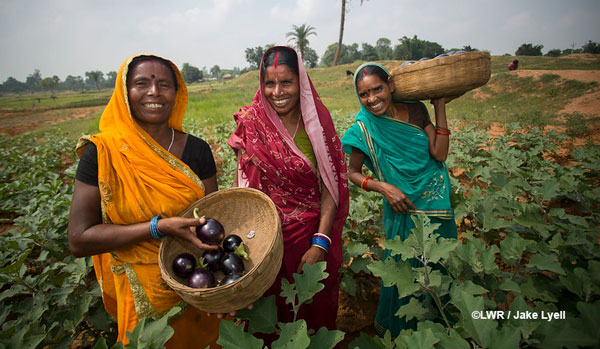
Right now, 690 million people are undernourished and at least 650 million people are obese. Given these staggering statistics, it is imperative that we use the best available evidence to improve nutrition and food security across the globe. Many programs aim to do so by targeting some component of the food system – the process by which food is grown, produced, distributed, sold, cooked and consumed. To make research on these interventions more accessible and encourage the implementation of effective programs, GIZ commissioned 3ie, with support from IMMANA, to develop a new evidence gap map on food systems interventions in low- and middle-income countries.
This evidence gap map includes 1,838 impact evaluations and 178 systematic reviews, all of which reported either nutrition or food security outcomes. The evidence base is still growing, with many recent studies focusing on consumer behaviour within food systems or interventions to improve the food supply chain. Researchers and policymakers can use the map to identify relevant studies, understand the likely impacts of interventions, make informed decisions regarding program implementation, and prioritize areas of research that are relatively under-studied.
The gap
Our gap map shows that several widely-implemented interventions have seldom been studied, such as those related to labelling and advertising regulations and governmental price manipulations. This gap is problematic because these interventions have been implemented at the national level and have the potential to significantly affect many people's lives. Implementing interventions without additional research could lead to unintended consequences, might be a waste of money, or both.
Also, relatively few studies examined interventions focused on women’s decision making or measured outcomes regarding women’s empowerment, despite the key role women traditionally play in many food systems. Some interventions did specifically target women, but mainly focused only on their role as mothers whose health affects the health of their infants. These studies focused on women in the consumer behaviour domain, targeting women as cooks and breast-feeding mothers. Few studies addressed their roles in the food supply value chain.
The evidence base
The most commonly-studied interventions, which had over 100 impact evaluations each and at least 20 systematic reviews, were provision of supplements; food fortification; classes that targeted consumer behaviour; direct provision of food; and peer support and counselling targeting consumer behaviour. These great collections of research can show any interested practitioner the likely impacts of similar interventions in their context. Some interventions were commonly paired and evaluated together, allowing for a detailed understanding of the impacts of these packages of interventions. These pairs included diet related classes and healthy food campaigns; peer support/counselling and diet related classes; and fortification and direct provision of food.
The most common final outcome types investigated by researchers were anthropometric, micronutrient status and diet quality and adequacy outcomes. The most common intermediate outcome categories were economic, agricultural, and intrinsic motivational outcomes. There were gaps in research relating to outcomes including food access, safety and affordability.
The launch and next steps
Evidence gap maps seek to characterize the literature base, facilitate evidence use, and begin the conversation regarding where there is sufficient evidence and where more evidence is needed. With these goals in mind, we will be publishing a full report and policy brief and holding a launch event on 15 January. Because this is a mapping exercise, and not a systematic review, we are not able to present any results related to which of these interventions are most successful. However, we hope that these public dissemination efforts will serve as starting points for discussion and future research.



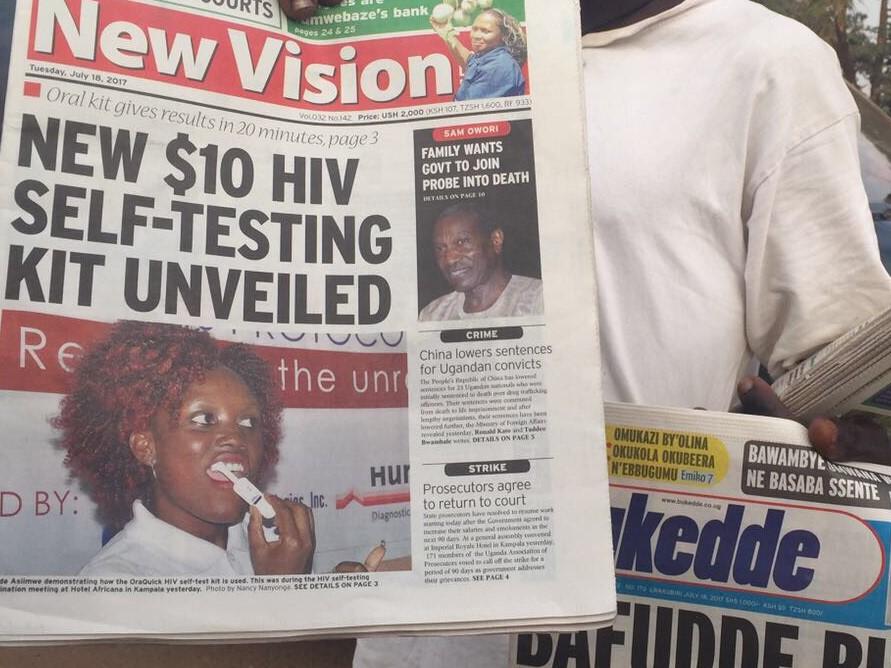

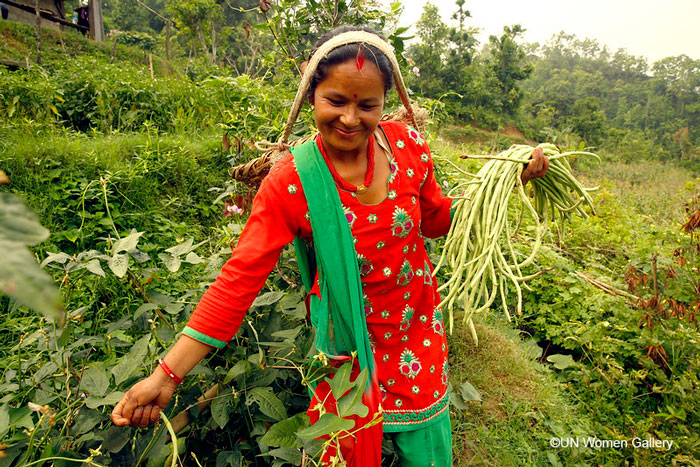
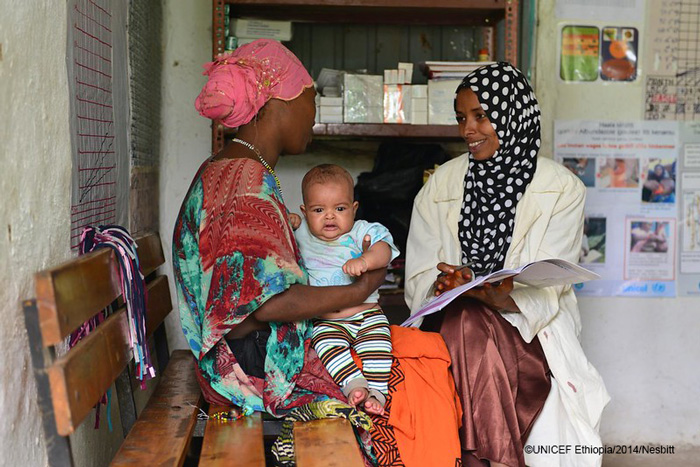


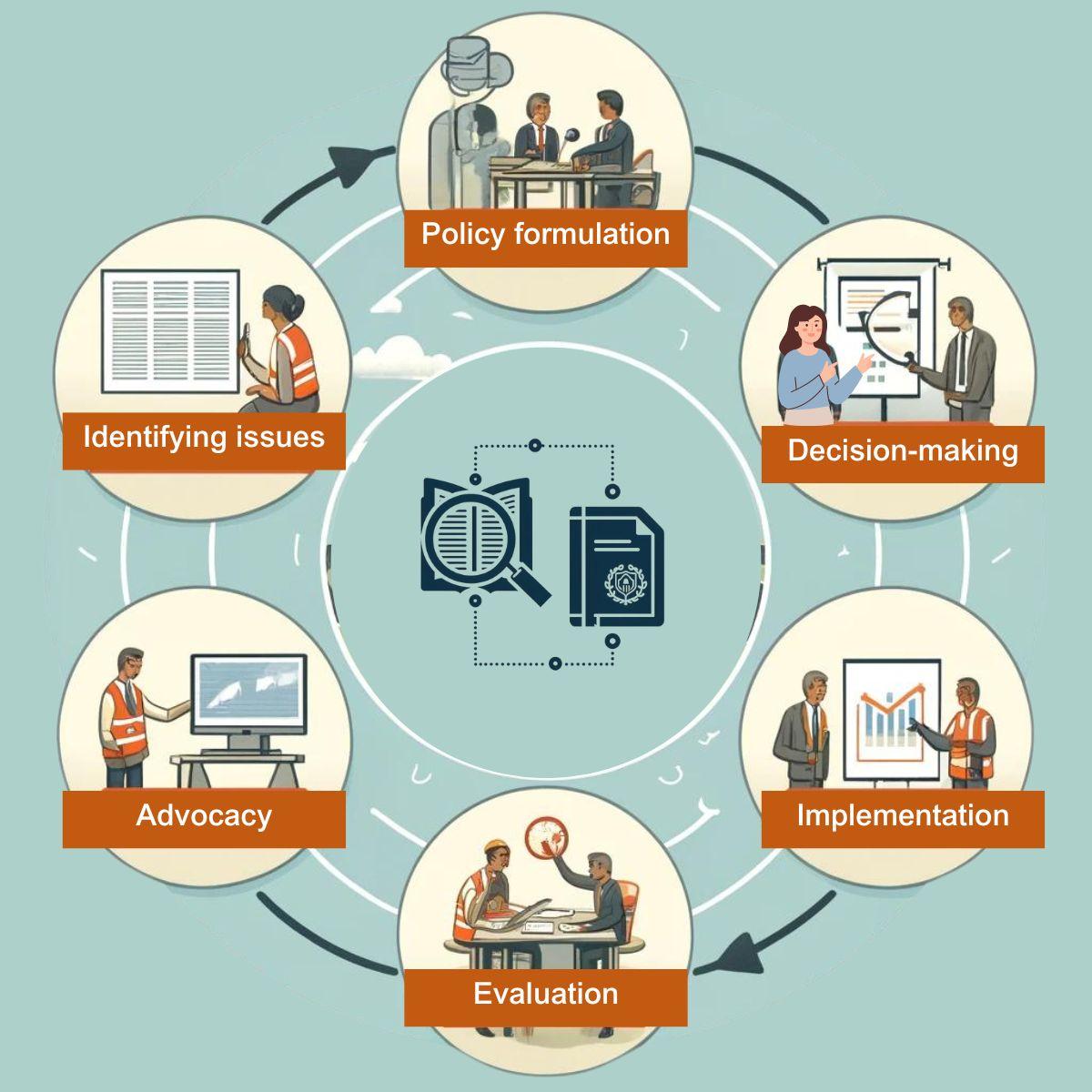
Comments
Great insights coming out of this massive map. Thank you
Very insightful! I look forward to the event on the 15th!
Add new comment